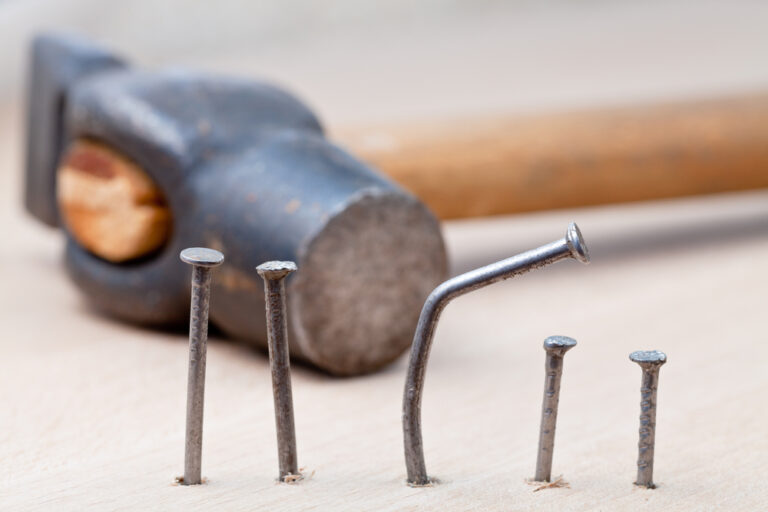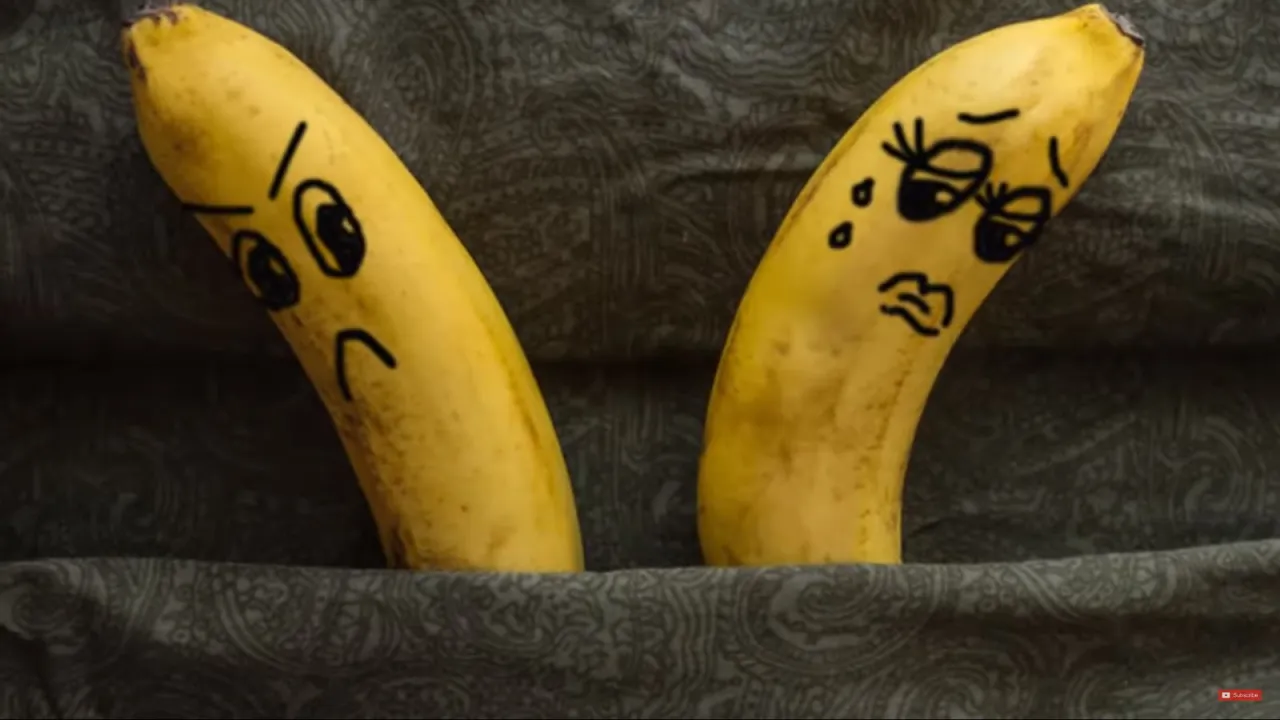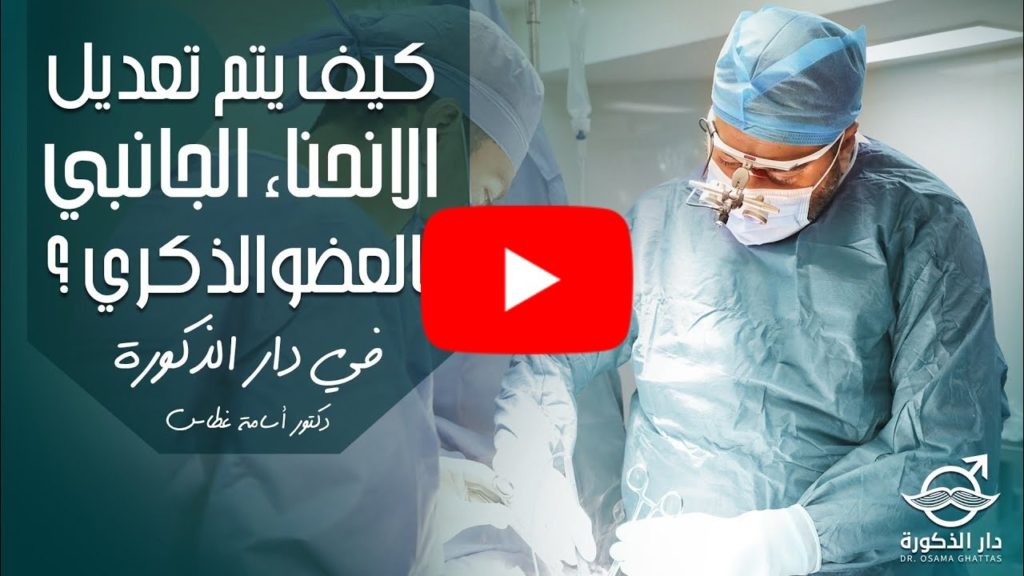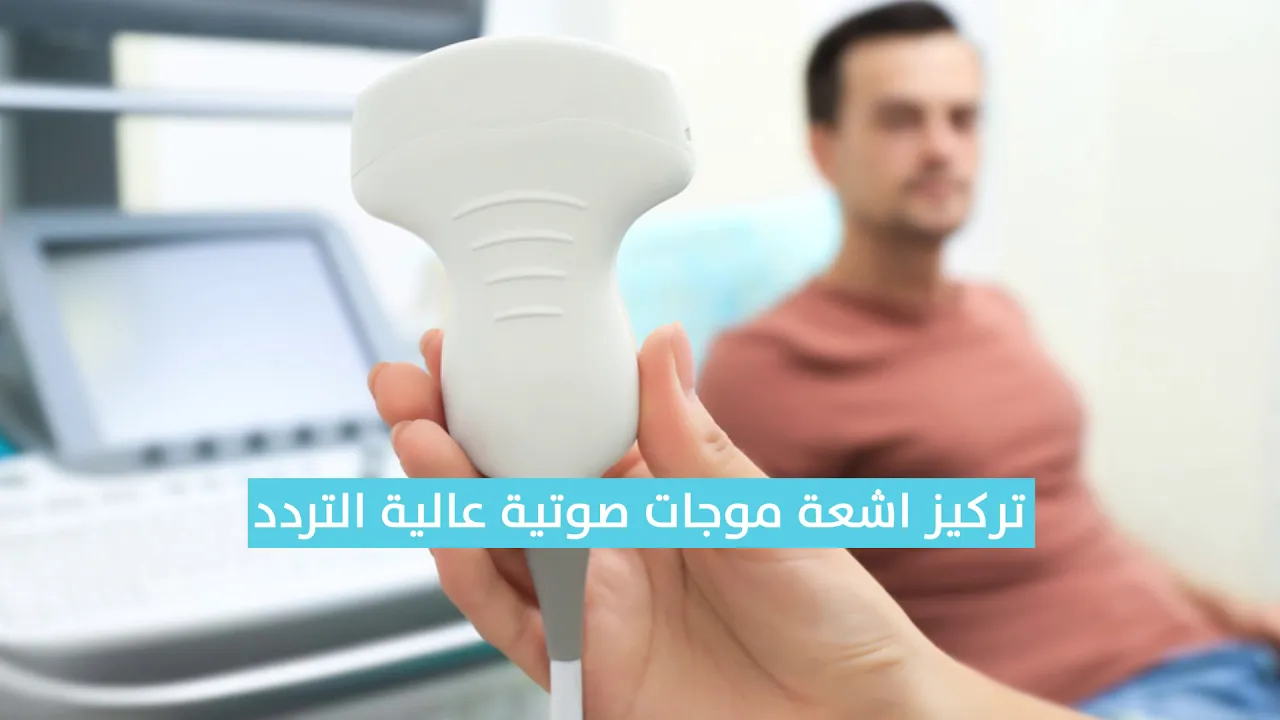Penile Curvature
Penile Curvature
Penile curvature (deviation of the penis): it is a penile abnormality where the erect penis is upward, downward or laterally deviated.
It may not be problematic but in some males, it may cause pain and disturbances during erections and intercourse. It may cause erectile dysfunction or psychological stresses and anxieties..

Types of Penile Curvature
Peyronie’s disease: where the cavernous tissue is replaced with fibrous plaques in which calcium deposits may accumulate.
The fibrous plaque is not erectile and the affected part doesn’t expand creating a curvature of the penis.
Congenital penile curvature: it is discovered early in life with erections associated with puberty.
Parts of the cavernous tissue lose their elasticity and are replaced with fibrous tissue. It is usually genetic in nature.
Causes of Penile Curvature
There are no definitive causes but some factors may be associated with curvature: Repetitive injury of the penis Injuries might occur during intercourse or workout They may also result from accidents.
- Genetic factors
- Urinary tract and sexual organs diseases
- Irregular development in skin tissue below the penis
- Short urethra
- Uneven tissue growth between both sides of the penis
Symptoms of Penile Curvature
Signs of penile curvature include
- Erection disorders: curvature may cause problems in achieving and maintain erections causing erectile dysfunction
- Pain during erections
- Penile disfigurement: most of the penile tissue may be replaced by fibrous plaques causing strictures around the penis
- Hardened lumps in the penis
- Penile shortening
- Penile curvature: upwards, downwards or lateral (left or right)
Penile curvature degree
Penile curvature has many degrees and directions. It may be lateral or vertical. Some curvature may be normal and upward curvature has a lesser effect.
How can the patient determine if the curvature is normal?
Some signs may indicate abnormal curvature. Curvature during erection is considered normal unless it is curved above 30 degrees downward, 40 degrees upward or 15 degrees to the left or right. These indicate medical intervention
Diagnosing Penile Curvature
Physical examination is usually enough for diagnosing the condition but depending on the signs and symptoms, diagnosis depends on:
- Physical examination: to determine the effect and degree of penile curvature and shortening
- Ultrasound: to assess the state of penile tissues
- The treatment protocol depends on the diagnostic findings
Complications of Penile Curvature
Penile curvature may lead to the following complications:
- Penile shortening
- Pain
- Intercourse disturbance
- Erectile dysfunction
- Sexual disorders
- Prolonged anxiety and psychological stress
Pharmaceutical treatment of penile curvature
Some drugs may be prescribed to decrease the inflammation that is causing curvature to decrease the degree and control the pain
They are either oral tablets or direct injections into the plaques
Topical gels and ointments
Some prescribed oral drugs are:
- Vitamin E
- Tamoxifen
- Colchicine
- Pentoxifylline
They are not a definitive treatment to curvature but they aid in reduction of inflammation and formation of the fibrous tissue.Next in pharmaceutical efficiency is local injection into the fibrous plaques formed in the penis.The most common injectable is collagenase. It functions by dissolving fibrosis and thus decrease resistance of the cavernous tissue that results in decreasing the curvature Local collagenase injection is the only drug approved by the WHO as a treatment for Peyronie’s disease
Local plasma injection
It’s a modern technique for treatment of Peyronie’s disease and penile curvature. Initial results are promising but more research is required.
Transdermal Verapamil gel has been recently used by applying over the affected plaque areas
Some medical procedures are used to disperse the plaques and decrease fibrous tissue size and penile curvature like:
High intensity focused ultrasound localized over the plaque sites
Radiation therapy
High energy beams like x-ray
Shockwave therapy: low energy electric current is directed towards the plaques
Suction pumps are used for decreasing both curvature and shortening of the penis
Surgical treatment for penile curvature
A look inside the OR. Three penile curvature corrective surgeries
It can be done under local anesthesia. It is used to correct the curvature resulting from Peyronie’s disease.
It uses multiple corrections and create a better precision in straightening the penis This operation has a success rate of 85%.
Plication surgery
Plication surgery: it based on the concept that an abnormal lengthy side of the penis is a result of overgrowth causing curvature to the normal short side.Plication technique: it depends on pulling the lengthy side towards the base of the penis to correct the curve completely and shortening the penis size in the process
Grafting technique
Used in Peyronie’s disease by removing the fibroses plaque and planting a tissue graft in its place.
It is done in patients with optimum erection capacity
Corporal rotation technique
If the curvature is 90 degrees downward, plication may result in a significant penile shortening .
This technique is used only in downward curvature and only in congenital curvature and not Peyronie’s disease
Causes and treatment of Peyronie’s disease
Peyronie’s disease is a fibrous plaque formation along the penis causing curvature and pain during erections. It is a fibrosis of the Tunica albuginea covering the cavernous body responsible for erections.
Causes of Peyronie’s disease
Genetic anomalies
Recurrent local injection as an erectile dysfunction treatment
Penile fractures
Urinary tract diseases
Symptoms of Peyronie’s disease
Severe pain during erections
Malformation of the penis
Shortening of the penis
Curvature of the penis
Erectile dysfunction
Progressive course of the disease requires medical attention
Treatment of Peyronie’s disease
In some cases, it regresses spontaneously under supervision and without medical intervention
If the case doesn’t improve some remedies are required:
Lifestyle changes: regular workout and quitting smoking
Local injections and pharmaceuticals
Surgical intervention: plication or grafting
Send A Message
Contact Us
Alexandria
Canary Tower – Gihan Circle – Gamal Abdel Nasser Street – Miami.
El Gehaz El Markazi Lelmohasbat building, 1st floor – Mohammed Fawzi Moaz street – Smouha.
Cairo
Fifth Settlement:
90th Street – CMC Mall – In front of Al-Nassam Hospital.
Sheikh Zayed:
Beverly Hills – Al Nada Clinics, Clinic No. 212, second floor – next to Al Nada Hospital.
Mansoura
Intersection of Banque Misr St. with the new railway under Al-Mawji Radiology.



